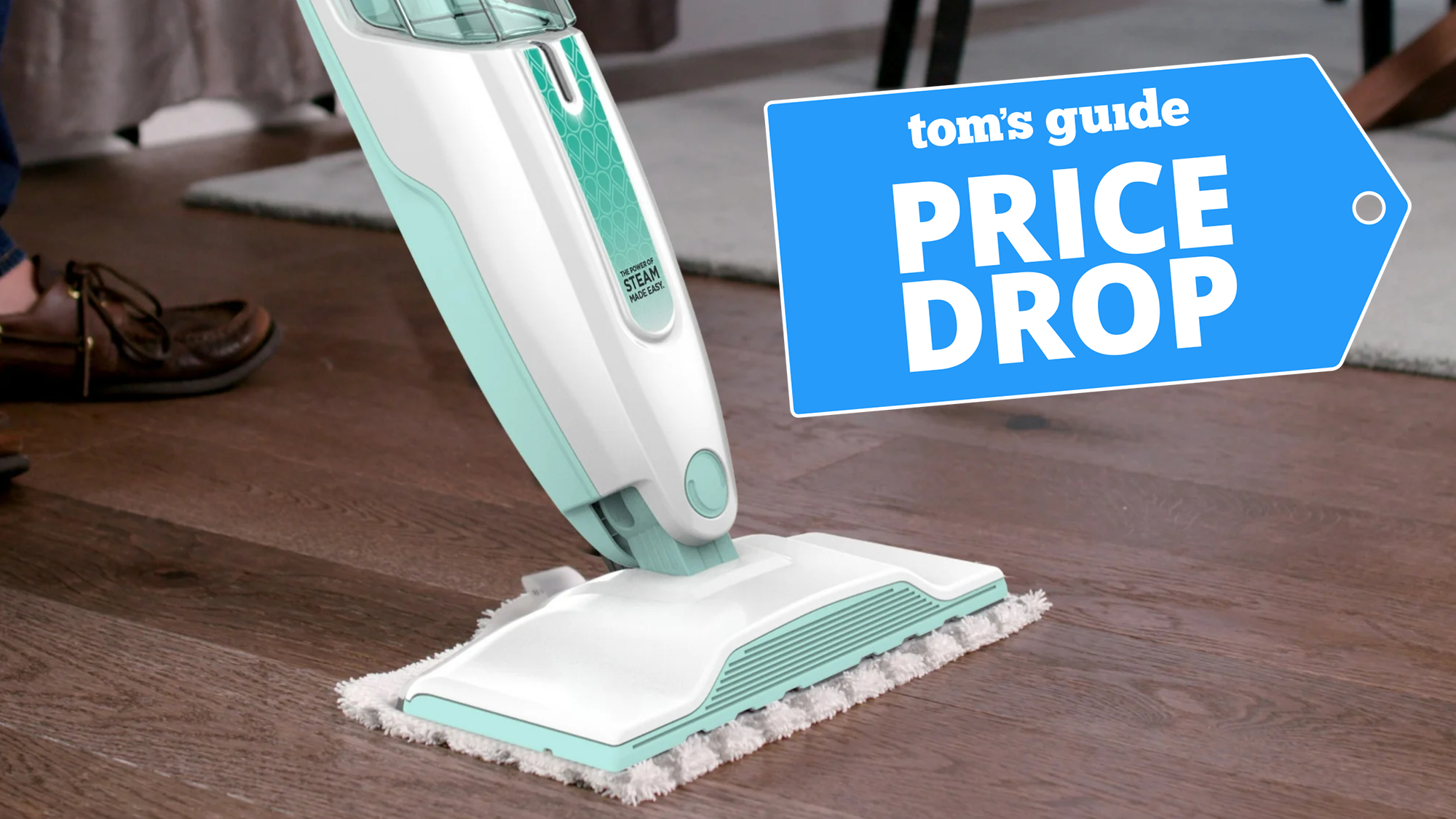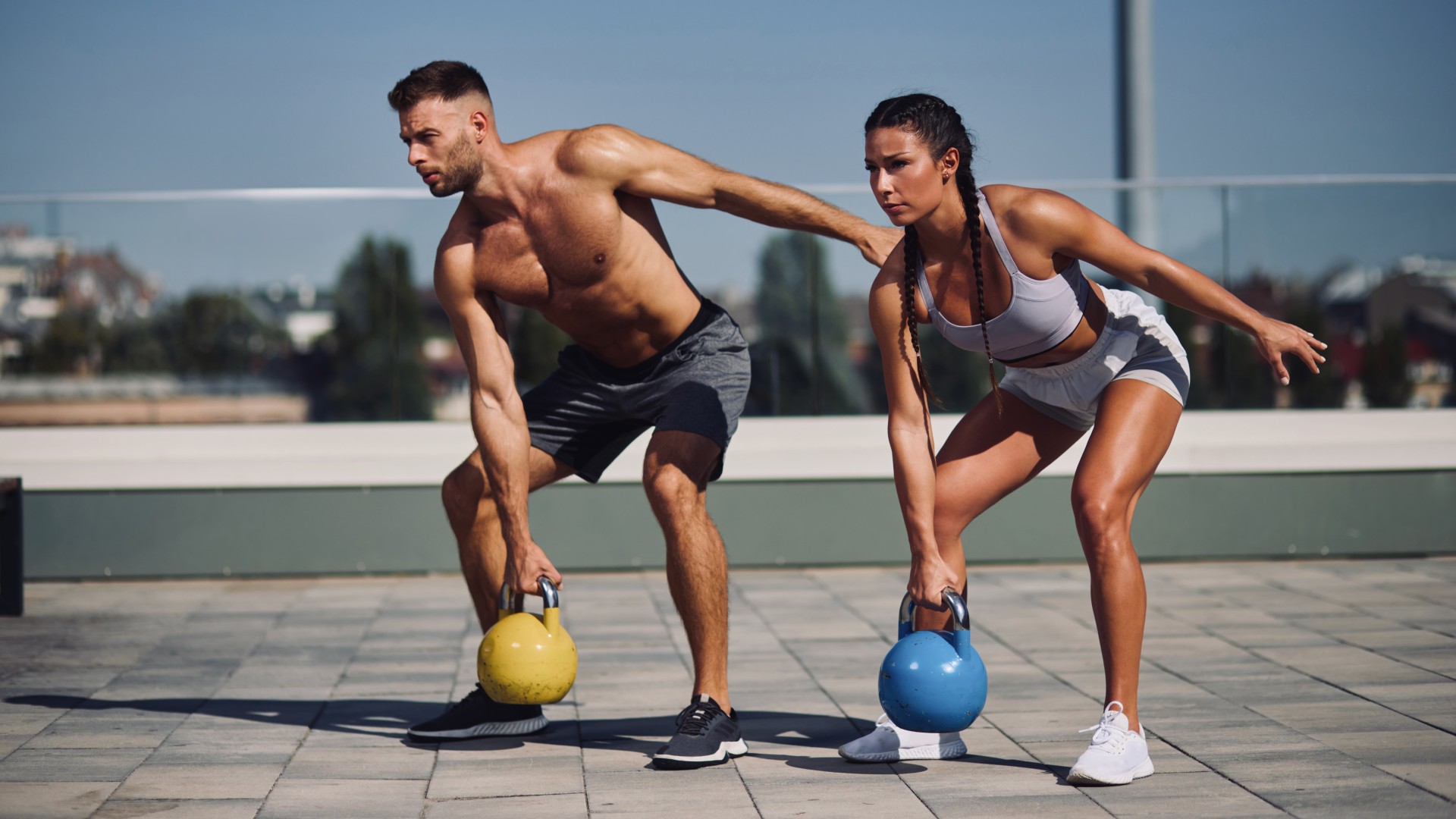
Kettlebell training isn’t as simple as picking up one of the best kettlebells and beasting your muscles. Personal trainers undertake kettlebell instructor courses specifically to teach kettlebell exercises from basic to advanced lifts and learn how to use kettlebells properly themselves.
After all, kettlebell sport and competition are hugely popular globally. During a kettlebell course alone, you’ll learn over 25 kettlebell exercises from swings and cleans to the Turkish get-up or windmill. Then, there are grips and techniques to cover.
But that should never put a kettlebell beginner off. Anyone and everyone can benefit from kettlebell training — it’s just best practice to learn a few tips from the ground up first. Here are three things I wish I had known as a kettlebell beginner, and I guarantee you won’t regret learning these lessons now.
Benefits of kettlebell training for beginners
Kettlebell training could develop core strength, power and stability, build strength and muscle and improve cardiovascular fitness.
Using a kettlebell regularly could help you master advanced strength and conditioning lifts like jerks and cleans and give you the freedom to work unilaterally (with one kettlebell) or dual. The research has shown that kettlebell workouts improve strength and power and train muscular coordination, and there’s no end to the types of exercises you can learn, which is why I love free weights over gym machines.
Kettlebell beginners: 3 things I wish I had known first
Kettlebell training has had an even bigger glow-up over more recent years and has become more popular than ever, featuring heavily with trending brands like CrossFit or F45. As a trainer myself, I’m still learning about kettlebells now (like they say — every day is a learning day). Here are a few things I wish I’d known before I picked up a kettlebell for the first time.
1. Learn your grips
Think about a kettlebell. You have a handle with a weight attached to it, giving you freedom to move the kettlebell in various planes of motion. That makes it trickier to navigate than the standard hex dumbbell.
Sign up to get the BEST of Tom's Guide direct to your inbox.
Get instant access to breaking news, the hottest reviews, great deals and helpful tips.
Holding yours incorrectly could overload the wrists and forearms. Because kettlebells are built differently depending on the brand or type you’ve chosen (more on that later), you’ll want to consider the best way to grip your kettlebell at all times. Basic moves through to advanced lifts all favor specific hand positions, and the grip you choose depends on the kettlebell type.
Kettlebell training could develop core strength, power and stability, build strength and muscle and improve cardiovascular fitness.
We spoke to kettlebell instructor and Living.Fit guru Mike Silverman who explains how to hold a kettlebell properly and some grips to master, plus which exercises each grip style suits. Learning them will help kettlebell beginners execute with good technique and maximize the effort on the bell, decreasing the risk of injury. It could also save you from remedial drills further down the line to correct early mistakes that set in as a habit.
2. Learn the types of kettlebells available
There are various types to learn, and it’s a bit of a minefield at first. Hopefully, this should break things down a bit. Many “traditional” bells are made from cast iron or steel; they’re durable and can be powder or vinyl-coated to aid grip, and the handles, size and weight vary.
Adjustable kettlebells house multiple weight settings you can adjust digitally or using a turn dial. Initially, they’re expensive, but they save money and space on multiple sets of kettlebells. That said, they’re usually bulky, tricky to hold and made with plastic coatings that compromise your grip. As a beginner, consider your options carefully before investing in one.
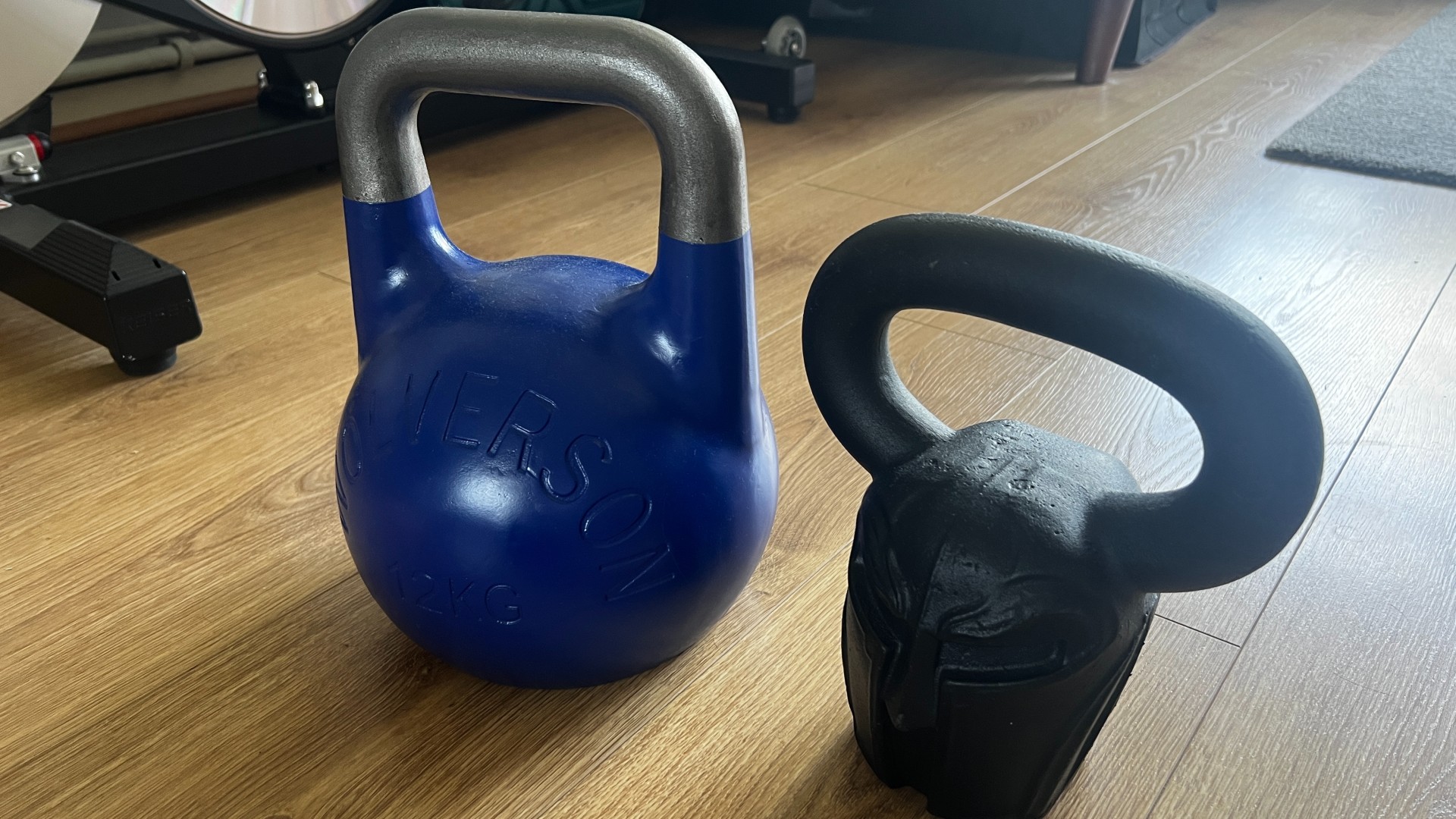
Competition or “sport” kettlebells (above left) are the ones that all look the same and are color-coded. They must be standardized to meet regulations so that everyone gets the same experience on the bell when competing. The window (the space between the handle and bell) is square, often smaller and better suited to single-arm exercises, but if you don’t compete, you might want to skip out on buying one.
Cast iron kettlebells often increase in size in line with their weight. You’ll have a more spacious window and larger handle and can hold them with two hands or use two bells together. Most CrossFit studios and gyms have them, and they’re the more popular choice amongst kettlebell beginners.
Sizing and color-coding matter. Color-coding will help you identify the kettlebell weight if the bells are all uniform in size (think competition bells), but otherwise, many brands engrave the weight and color on the bell. For beginners, a kettlebell brand that increases the size in line with weight can help break you in.
Still lost? We recommend starting at a lighter weight and choosing a cast iron kettlebell with more of a window to give you better exercise options. Unless you plan to get more technical, a basic, affordable kettlebell is a good starting point.
3. Get to know the best kettlebell exercises for beginners
Once you’re familiar with how to hold a kettlebell and the type of kettlebell you want to use, begin learning classic kettlebell exercises.
Start with a lower weight while you learn the mechanics and range of motion, then begin to build weight. As a guideline, men might start with 35-45lbs (16-20kg) and women at 18-26lbs (8-12kg) — but this is down to experience. If you have the basics of weightlifting in place, you could start heavier. For example, 53-70lbs (24-32kg) for men and 35-53lbs (16-24kg) for women.
Of course, we all want to lift heavier but don’t get married to the numbers. Executing kettlebell exercises with proper form will build a much stronger, more mobile athlete than someone who lifts badly and with their ego.
7 fundamental kettlebell exercises to get you started:
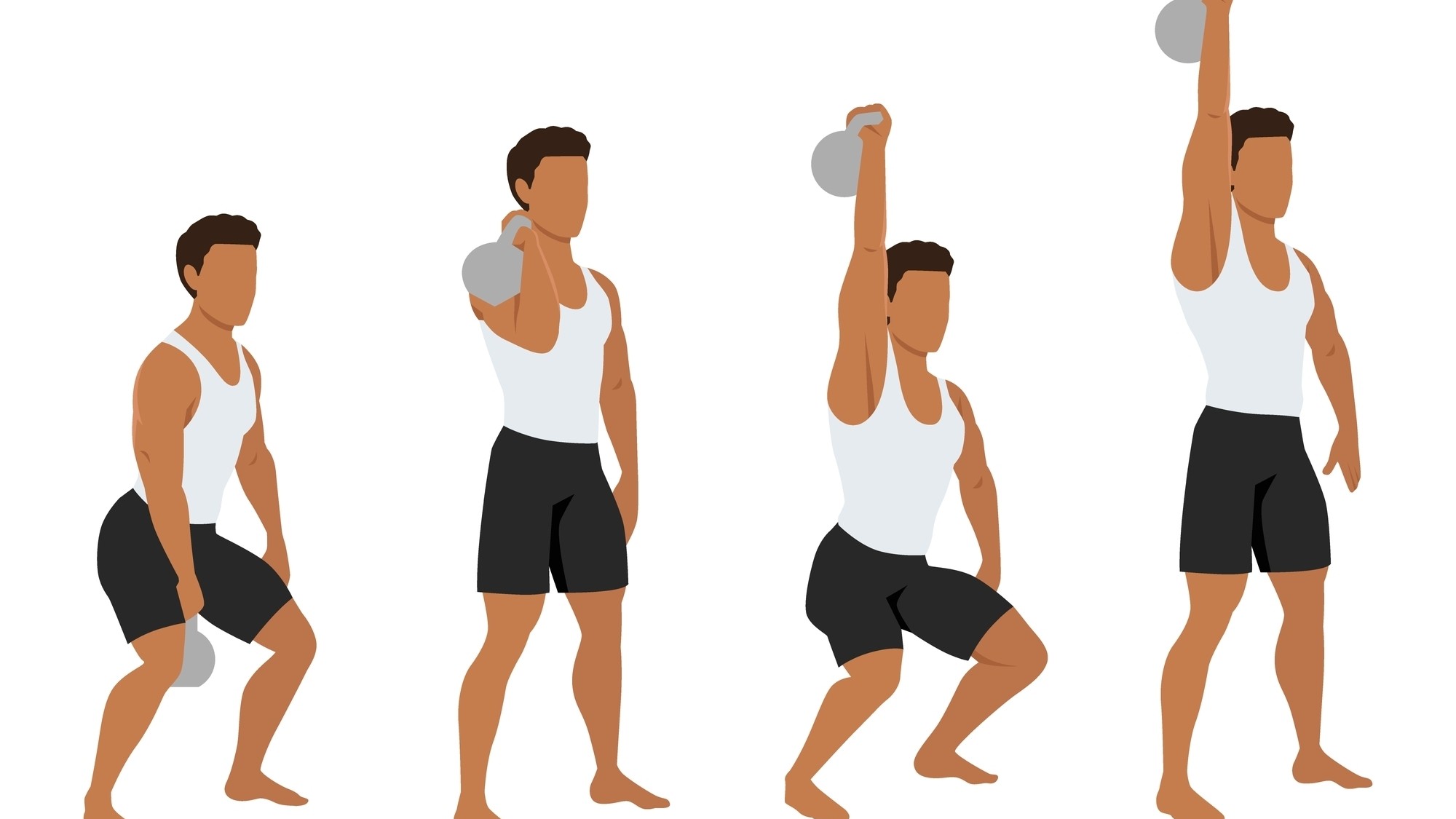
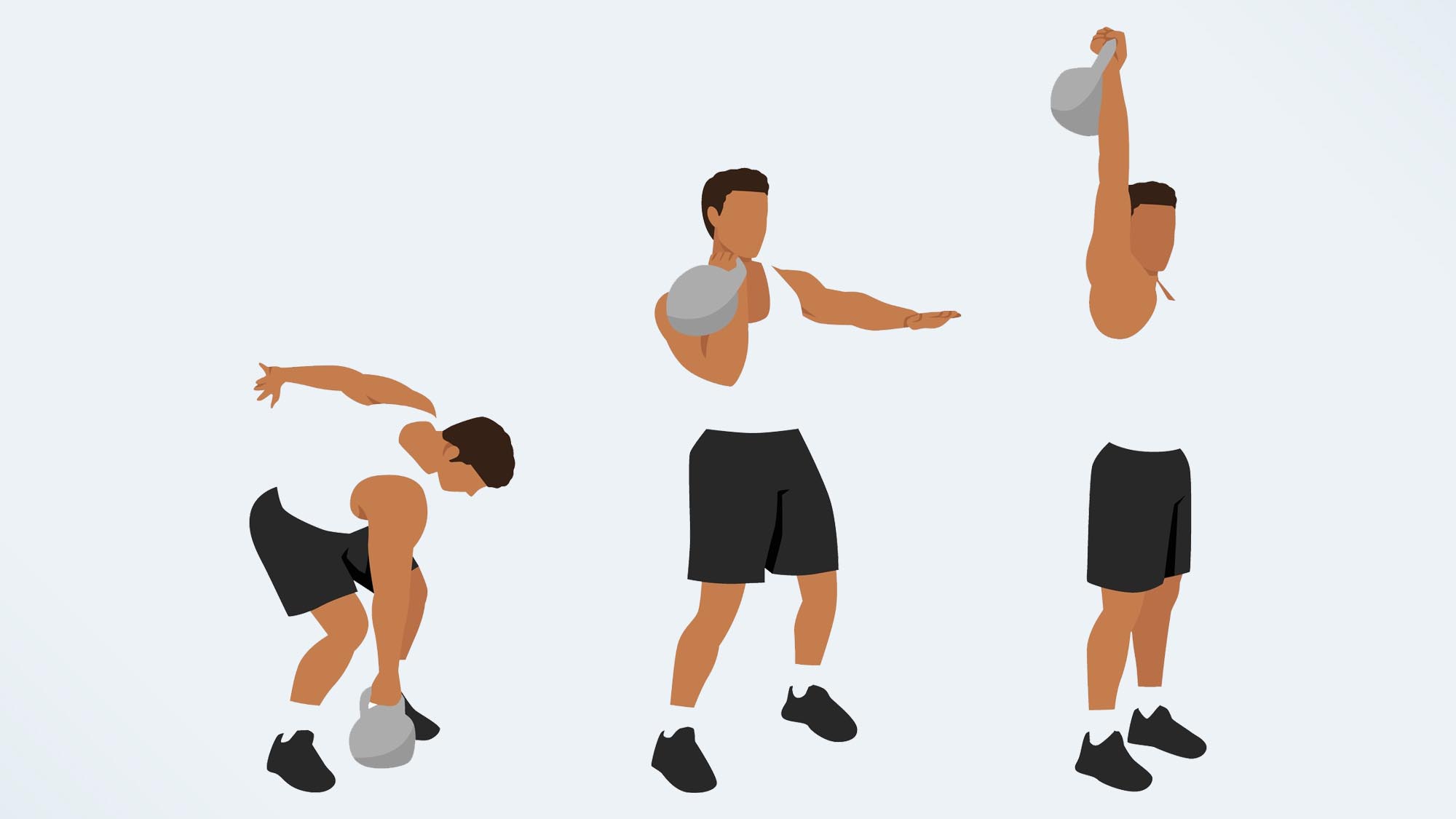
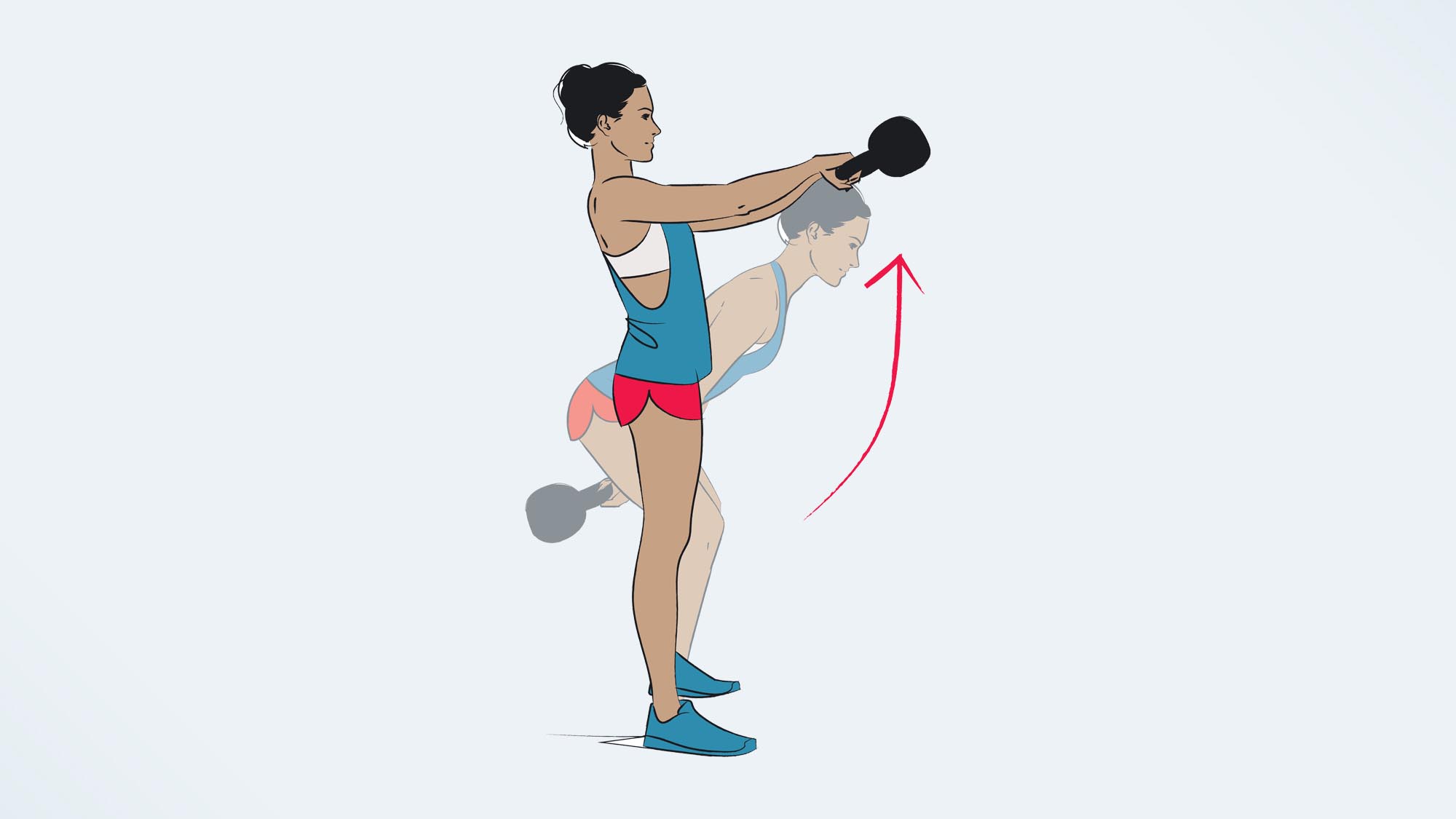
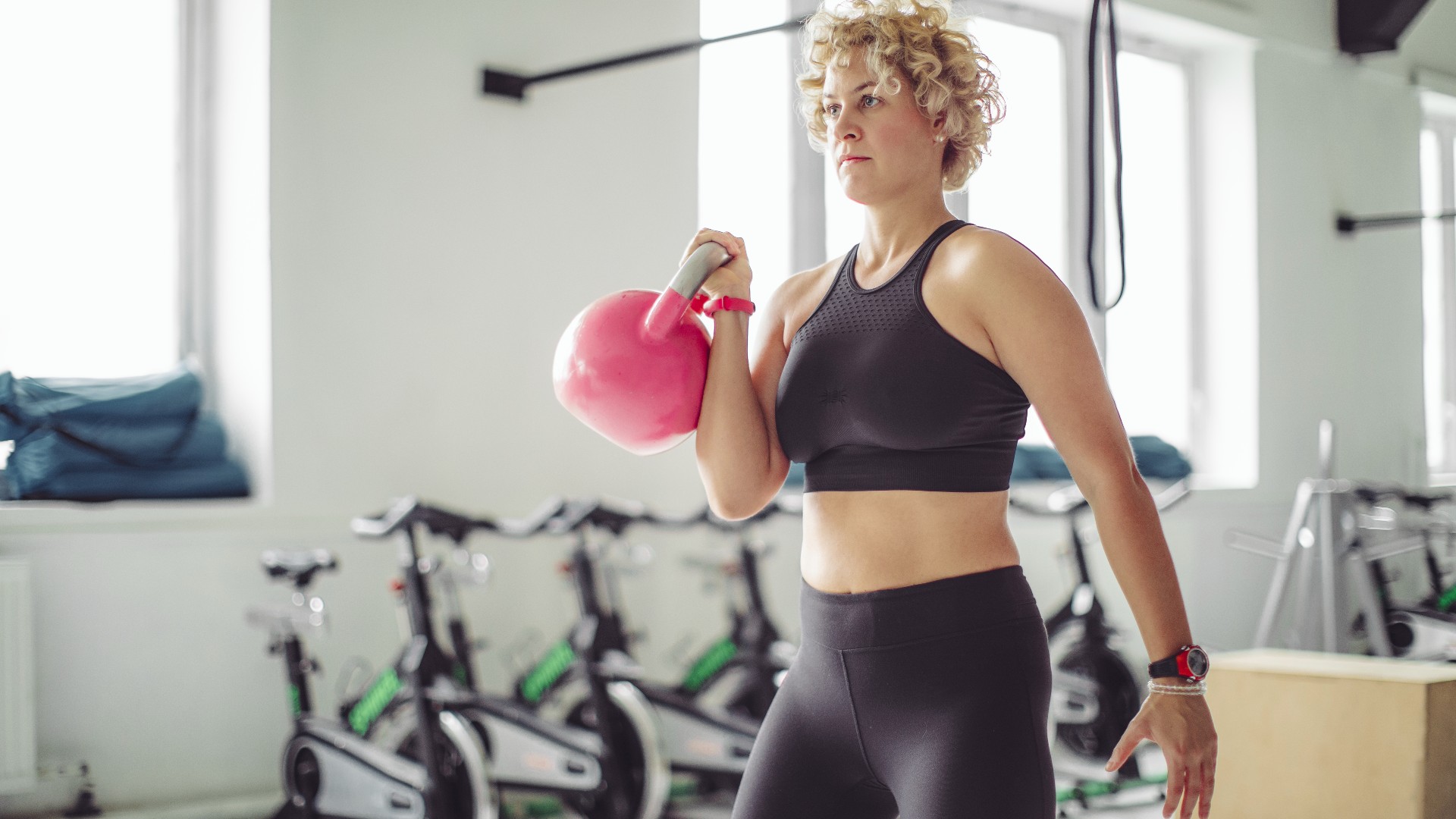
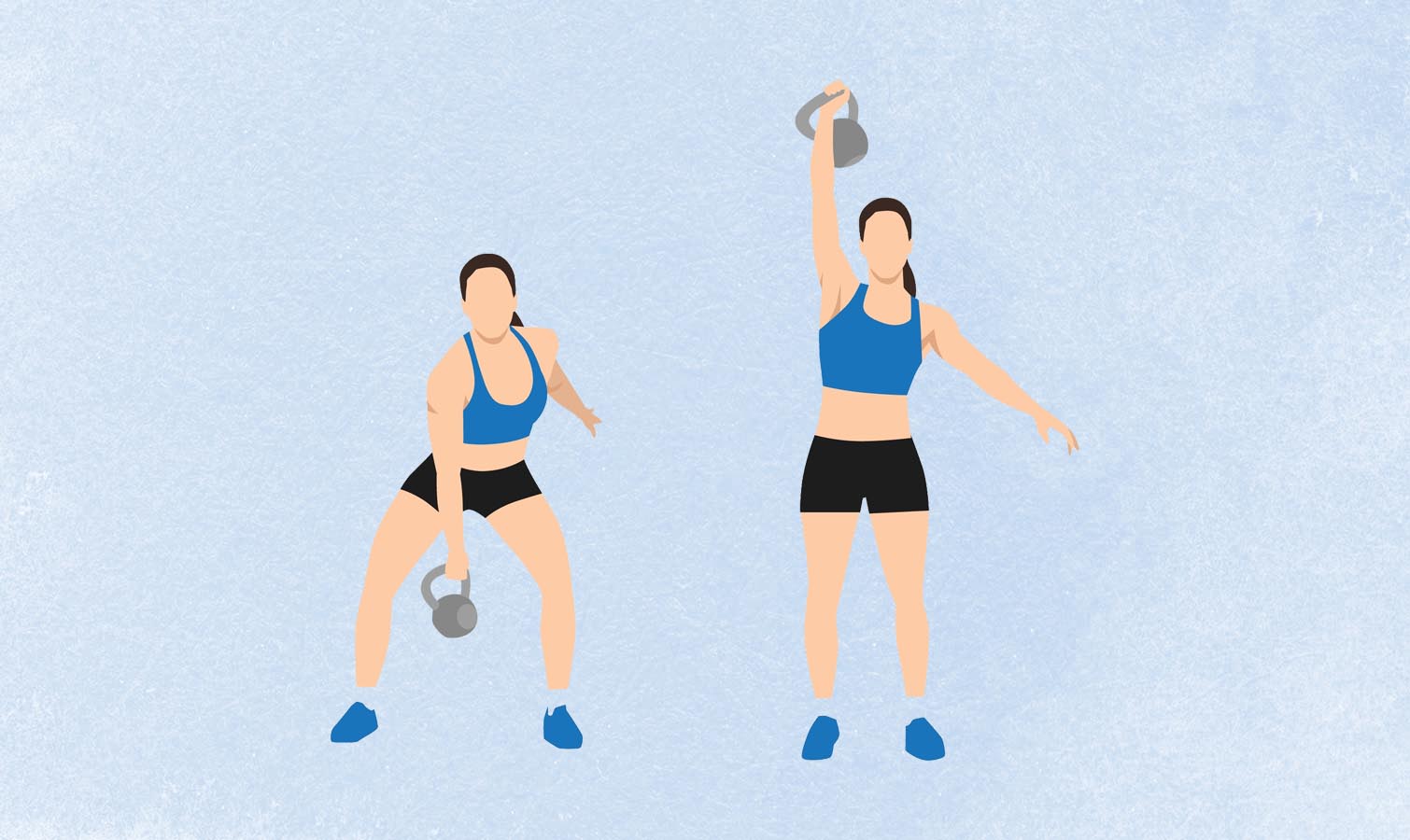
- Jerk
- Clean
- Swing
- Rack
- Press
- Snatch
- Long cycle
A master trainer recommends these 3 kettlebell exercises for sculpting your back and biceps, and we’ve put together 5 best kettlebell exercises for beginners, alongside these 7 kettlebell ab exercises for strengthening your core muscles.
Bottom line
There are many things I wish I had known before I started lifting heavy weights and learning to take my time is one of them. Developing skill and technique should always be a top priority before building strength and muscle, allowing you to hone your physique in the safest way possible.
If you don't have access to a personal trainer at your local gym or online, some YouTube tutorials can be helpful, but be mindful that these aren't regulated channels within the fitness industry. By that I mean anyone can release a fitness video online and gain millions of followers, but they might not even be a qualified trainer. Do your research first and be sure to find a qualified trainer that you can trust. At Tom's Guide, we swear by Kettlebell Kings for all things kettlebell advice.
More from Tom's Guide

Sam Hopes is a level 3 qualified trainer, level 2 reiki practitioner and senior fitness writer at Tom's Guide. She is also currently undertaking her Yoga For Athletes training course. Sam has written for various fitness brands and websites over the years and has experience across brands at Future such as Live Science, Fit&Well, Coach, and T3.
Having worked with fitness studios like F45 and Virgin Active, Sam now primarily teaches outdoor bootcamps, bodyweight, calisthenics and kettlebells. She also coaches mobility and stretching-focused classes several times a week and believes that true strength comes from a holistic approach to training your body.
Sam has completed two mixed doubles Hyrox competitions in London and the Netherlands and finished her first doubles attempt in 1:11.
